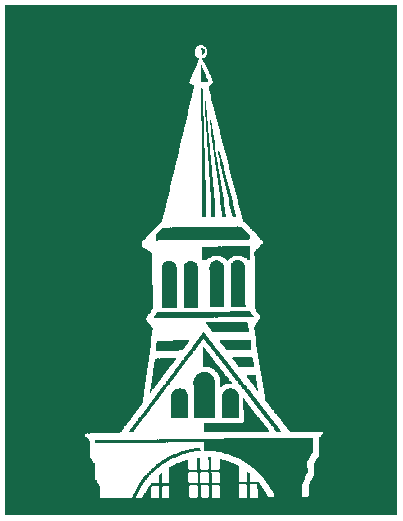Letter from GEORGE PERKINS MARSH to SPENCER FULLERTON BAIRD, dated January 24, 1873.
Primary tabs
Dear Baird
Sorry I gave you the trouble of writing this long letter about nothing. I shall not trouble myself anymore about that humbug, but mean to get well, as Topsy "growed myself" --
Here are autographs and photographs for your G -- shall I say it?--daughter. The names, and men of the writers are set forth on a following page.
Bating Gettysburg, your letter and à foortiori Mary's were very acceptable & interesting
We are having a lively winter, dinners and parties two or three deep every evening. I
am grown wildly dissipated. My poor wife, is miserably confined to her bed with
[...]
of course she cannot share in the gaieties, and cannot even be at the
table at our dinner parties, but she is as patient as ever. I have 800 subjects
here, probably three fourths of whom are unprotected females. There is, now and
then, an unruly or among them, not to speak of a sprinkling
of unconstructed, but upon the whole they are an orderly as well as a commercial
people. It is the universal opinion among hotel keepers, couriers, and shoppers that
the American is a valuable institution. I say it with pride, for this true testimony
of interested and therefore zealous witnesses
You may consider this as written when it ought to have been, about Xmas & New Years & to convey the compliments of the season
My wife joins in love to you all
George P Marsh
Prof. Baird
1. Prof. Menedaghia. A man of very great learning and talent. I can't
say what his specialty is for he knows everything. member of Parliment.
2 & 9 Paolo Lioy. Eminent naturalist,
M.P.
3. Dr Alexander, Bishop of Derry (Anglican)
4. Asbjornsen Eminent Norwegian writer of immense
fertility and merit. Collector of popular tales.
5. Jonas Lie, Norwegian from the neighborhood of the fabulous
Malstrom. Already famous and fast rising in reputation.
6. Gadda. Eminent statesman. now prefect of Province of
Rome.
7. W.W. Story, whom to name is to praise
c.
8. Vincenti Venosta, Minister of Foreign
Affairs --
9. Paolo Lioy
10 Dr Pantaleoni
distinguished physician and political writer.
[The following appears at
the top of the page beginning "Rome Jany 24 1873"]
P.S. I am ashamed of
so many forms for Dr Hayden with no return. I have a
Marine Report on Sardinia
References in this letter:
Topsy was a young slave in Harriet Beecher Stowe's Uncle Tom's Cabin(1852).
Paolo Lioy (1836-1911) was an Italian naturalist and man of letters.
Peter Christen Asbjornsen (1812-1885) was an eminent Norwegian naturalist and man of letters.
Jonas Lauritz Idemil Lie (1833-1908) was a Norwegian novelist.
Giuseppe Gadda (1822-1901) served in the Italian legislature and was General Secretary in the Ministry of Internal Affairs in the government of Givanni Lanzo from 1869 to 1873.
William Wetmore Story (1819-1895), a graduate of Harvard Law School, eventually left the law for sculpture, settling in Rome. Two of his most famous pieces, both reflecting an interest in exotic subjects, are "Cleopatra" (1858) and "The Libyan Sibyl" (1861).
Emilio Visconti-Venosta (1829-1914) was Minister of Foreign Affairs in the Giovanni Lanza government.
Diomede Pantaleoni (1810-1885), an Italian physician and political writer, was elected to the Senate in 1883.
The geologist Ferdinand Vandeveer Hayden (1829-1887) was head of the U.S. Geological and Geographical Survey of the Territories from 1867 to 1879.
